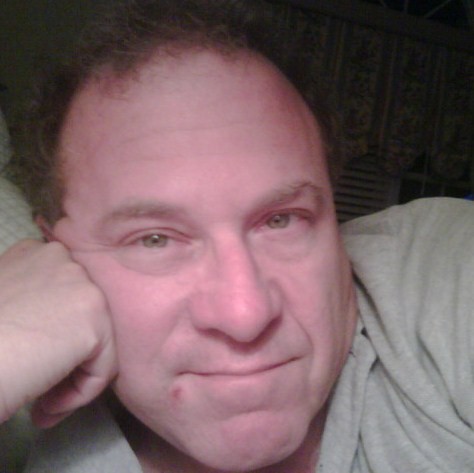Download My podcast interview with Professor Lubar here
Dr. Joel Lubar
Some notes taken during the interview:
early experiments in 1973, 1974 with Sterman's protocol suggested
it would help MBD
conrolled double blind study 75, 76
Wrote book, Behavioral approaches to neurology 1981
Woman's day magazine published in 1991 was a breakthrough article
boy in clinic did really well and mother was a freelancer. Article
got such widespread distribution got 6500 inquiries from around the
world. STarted them doing workshops.
Over 2000, maybe as many as 2500 members in orgs doing
neurofeedback.
How he presents neurofeedback to clients or parents.
Protocols-- using database,
using qEEG vs Mini/Quick Q vs simple placements
Z score training measures how you differ from a qEEG database
If more than 2 Z scores from the database, you train it back to
normal.
training 200 measures simultaneously
150 applications of neurofeedback
ISNR.org listing of practitioners, and comprehensive bibliography
of hundreds of papers in the field in neurofeedback sorted by
disorders.
LORETA Low resolution electromagnetic Tomographic ANalysis.
SEe what's happening inside the brain. Developed by Roberto Pascal
Marti, Key Institute, Zurich
LORETA Neurofeedback developed at U. Tennessee, published 13 papers
on this.
Cingulate gyrus, Hippocampal, Insular cortex, Orbitalfrontal
cortex.
We developed a technique to train these directly.
Workshops twice a year in Deerfield beach FLorida on how to do
LORETA Neurofeedback
somewhat like functional MRI-- hundreds of papers cross-correlating
Loreta with PET, fMRI...
Programs that can be downloaded that give finer grain analysis
2394 location in grey matter in brain.
New programs allow over 6700 locations.
Multichannel Z score training.
Workshops, one-on-one training on-line and by phone.
by Spring, Applied Neuroscience will be offering LORETA
neurofeedback Z score training.
Functional MRI neurofeedback for things like chronic pain. Can
image very small images down to
thalmus, brainstem, cerebellum
Downside is it is very expensive, can only be done in large medical
settings. LORETA is very affordable.
The goal is to be able to train activity inside the brain. fMRI
looks at oxygen and blood flow, while LORETA looks at electrical
activity.
Applications for LORETA
depression, anxiety, OCD, certainly attentional disorders.
Dream, eventually DSM will use qEEG and LORETA information to
correlate different clinical disorders.
Then treatment could be, without medications through neurofeedback,
behavior therapy.
Technique: Reference EEG record for 20 minutes, getting a clean
record with artifiacts removed. THen, the results are used to identify
which medications will be most helpful, with dosages. Accuracy is 70-80%
and getting better all the time. Neurologists report that results
include what they would have prescribed plus others they hadn't thought
of.
Malpractice, patients getting worse-- more likely if qEEG is not
done.
Cases of litigation
Z score trainging with Autistic spectrum disorder, aspergers-- many
patterns in autism
brainfeedbacktraining.com workshops.
eegfeedback.org southeastern biofeedback org
for referrals: isnr.org bcia.org aapb.org
For zscoretraining info:
appliedneuroscience.com Robert Thatcher's website.
deymed.com qEEG LORETA neurofeedback
brainmaster.com discovery system.
Christopher De Charms fMRI neurofeedback
depression-- looking at cingulate gyrus
can almost see individual neurons-- using 9 and 11 tessla
in animals can see individual pryamidal cells in the hippocampus.
Useful for studying dementia.
Hemoencephalography;





